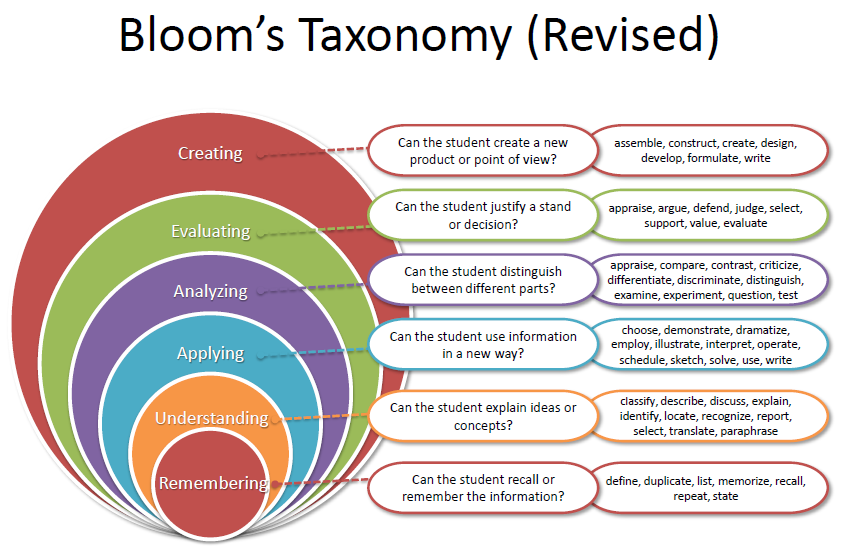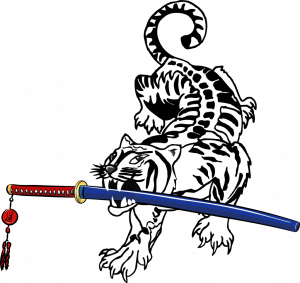I am willing to say that there is just as much knowledge to be found under kicking techniques as there is for striking techniques and for all of the dozen other aspects within martial arts training. A student can spend decades studying just one portion. Those who choose to compete (in any version available) probably fit into this concept. They train to win fights, so their development is very single minded.
Mistaking participation/attendance for knowledge and understanding. One of the great illustrations of this part comes from having senior students lead the beginning of class. All will be able to follow your directions and “know” the order in which things are done BUT ask them to give the directions and they’re lost. No commands, no standard order.
Another example here is the Sword Master’s tale. When the student asks how long it will take to master the curriculum, the Sword Master tells him about 10 years. So the student asks how long it will take if he trains twice as long each day and twice as hard. The Sword Master tells him it will take 20 years to master the curriculum. This helps explain why I’ve avoided using attendance cards as part of preparing for promotions. It really doesn’t matter how many classes have been attended, if there’s no understanding developed.
Mistaking athleticism for knowledge and understanding. This is another great myth within the martial arts. There are many great athletes out there within the realm of the martial arts. Many have no idea what they are doing, though. Yes, that’s my opinion and it is based on years of training with many who are physically more capable than I am (or ever was) but are limited to their lizard brain’s concept of “kick [or punch] hard to win”.
Best teachers struggled as students. More often than not, the better teachers are those who have struggled for ages to understand and develop their art. Those with athletic abilities often do not recognize the parts and pieces that are required to be proficient with techniques. The athletic student can simply “do” techniques correctly, smoothly and effortlessly. This can prevent them from truly studying the techniques to find the “way” they are done. Additionally, here, the athletic ability can cause the “do it like this” perspective that doesn’t include being able to explain the parts and why the movements are done.
Not recognizing the depth of the entire art. There is a saying that goes “your form is not test ready until you’ve done it a thousand times”. This holds true for each technique within the form. Now, the twist that I give students is that the thousand times doesn’t start until after you’ve learned the WHOLE form. This changes the time frame as it may require a student to work on a specific movement or combination for hours, even weeks, to make it work correctly.
The idea for this rambling came from the graphic below. When I read through it, I had the thought that most people including myself tend to stop at the third ring. I have only been applying the material that I’ve learned to the direct purpose that it came from. I haven’t gone further. This was emphasized as the definition of bunkai (bunhae, Korean) means “analyse”, not “application” as it is most often referred to. There is a big difference.

Author: Master Robert Frankovich
As you read and enjoy the posts on this site, please consider “sharing” them! The “likes” help generate additional readership but “sharing” will help even more! Thank you for your assistance!
If you have questions, please feel free to contact me!



One thought to “Depth of knowledge”
This is awesome. I always appreciate it when a new way of looking at things, or a new level of understanding is pointed out to me. The motion is just the motion, until you reach the higher level of understanding, then application followed by expansion.
Comments are closed.